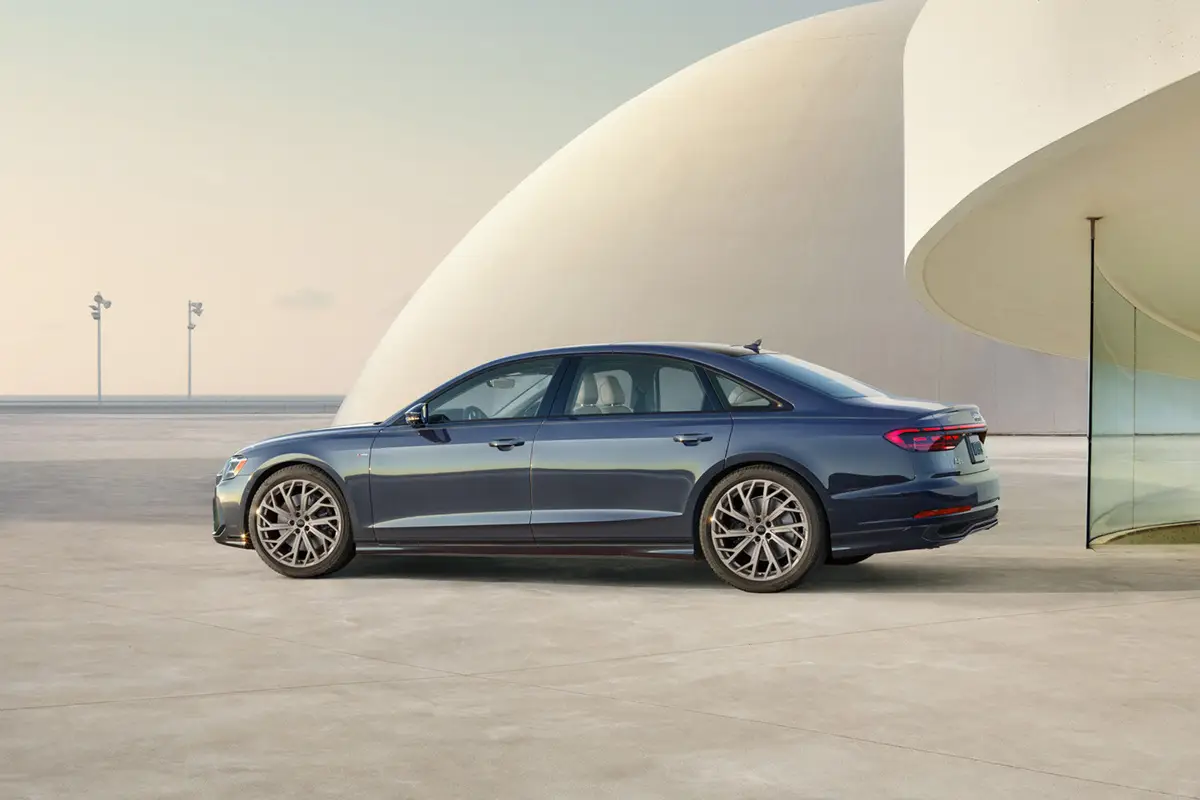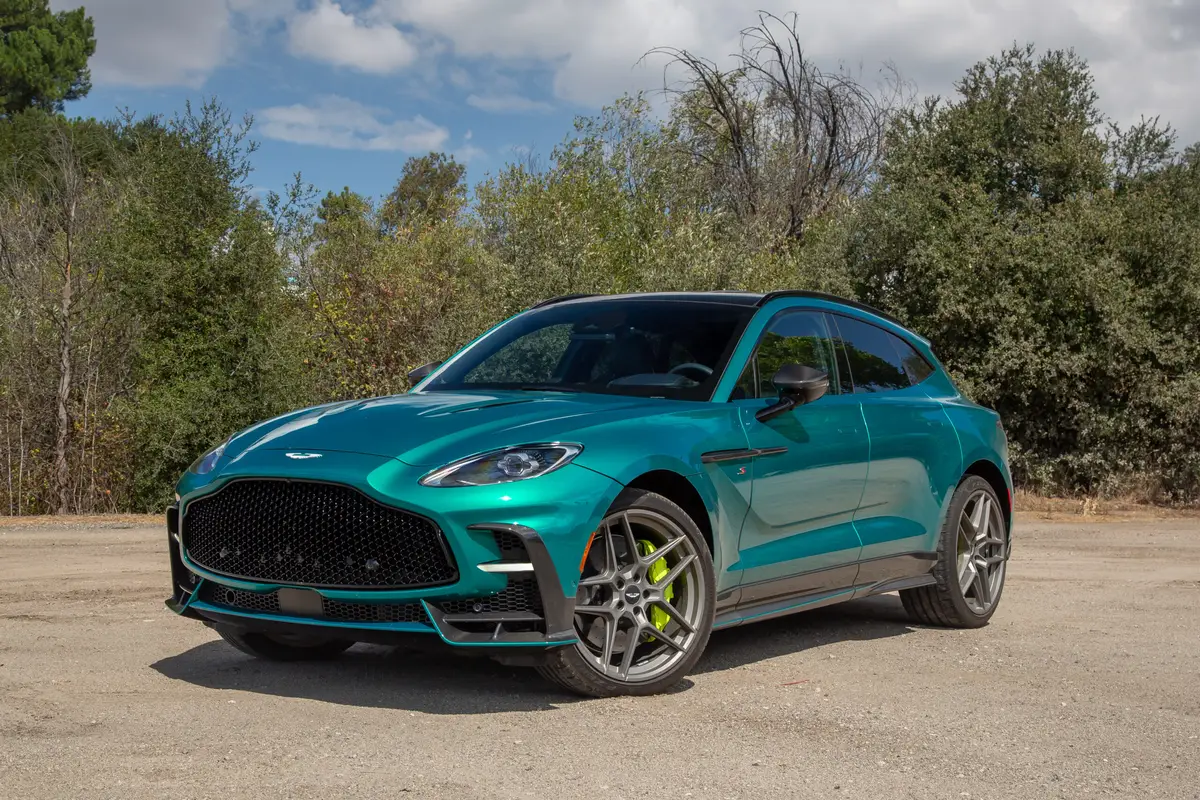washingtonpost.com's view
CORNWALL, N.Y. Luxury has a conscience. It can be found in the 2011 BMW ActiveHybrid7 — a gas-and-electric version of the BMW 750i sedan.
But it is not conscience with humility. The ActiveHybrid7, in the words of its maker, is “the world’s fastest street-legal . . . most luxurious and dynamic hybrid.”
All of which means you’ll pay dearly to get it. The gasoline-only version of the 750i starts at $82,000. The ActiveHybrid7 model carries a base price of $102,300.
The price differential automatically makes something clear: Anyone with the wherewithal and will to pay a $20,000 premium for the privilege of driving a hybrid automobile isn’t doing it to spend less on gasoline. Nor is that buyer overwhelmingly concerned about the environment.
People who want hybrid cars strictly for reasons of fuel conservation and environmental purity should buy the world’s most revered symbol of motorized piety, the compact Toyota Prius, which starts at $22,800 in the United States.
But not everyone wants a Prius. Nor does everyone want to take a vow of poverty or work for nonprofit organizations, environmental or otherwise. Charity requires benefactors — the bigger the charity, the richer the benefactors.
BMW made the ActiveHybrid7 for wealthy benefactors. Think of this car as the motorized equivalent of an expensive charity ball, given by the swells of the community for the greater good of all.
Only a few people can afford to attend the ball. But the few who arrive in an ActiveHybrid7 will do so in guilt-free, or at least propitious, luxury.
It’s a bauble. But, like it or not, the ActiveHybrid7 works wonderfully well.
BMW has trumped its rivals in the hybrid-car business by using a lithium-ion battery pack, which has a higher energy density than the commonly used nickel-metal-hydride type. Higher energy density means more charge for the buck in a smaller package, which BMW, in this case, has cleverly located in the northwest corner of the ActiveHybrid7’s trunk.
The battery energizes an electric motor (15-kilowatt, 20 horsepower equivalent) that works in tandem with a 4.4-liter twin-turbocharged V-8 engine (455 horsepower, 515 foot-pounds of torque).
The arrangement saves fuel and reduces tailpipe pollution in city traffic when the gasoline motor shuts down at stoplights and other traffic interruptions and the battery and electric motor take over.
But the two power systems work together on the highway, providing a tremendous boost in acceleration, beating the heck out of many full-size gas-guzzling sedans and wearing something of an environmental halo in the process.
With it all comes BMW 7-Series comfort, elegance and opulence — four-zone climate control, a leather-wrapped steering wheel with plush leather seats, rich wood-grain accents, ambient interior lighting for night driving, onboard navigation with a high-definition backup camera, and myriad active and passive safety technologies.
It’s the perfect answer for wealthy car shoppers who want to keep everything, including the esteem of their more environmentally righteous fellows.
Is it worth it? Does it make sense? I think so. It carries similar value and makes as much sense as one of those fancy black-tie charity balls. What charitable or public interest organization can exist without them?
Brown is a special correspondent.
Latest news



